Formula E
OneNYC: New York’s Plan for a Sustainable Future
Key Takeaways
- FIA Formula E visits New York for the first zero-emission ePrix
- New York aims to be the most sustainable big city in the world
- DHL rolled out “all-green” fleet of delivery vehicles in Manhattan
In April 2015, New York’s mayor Bill de Blasio published “One New York: The Plan for a Strong and Just City”, a comprehensive plan for a sustainable and resilient city for all New Yorkers, which addresses the profound social, economic, and environmental challenges ahead.
OneNYC sets measurable goals for tackling these challenges in the coming years – including
a poverty reduction target of 800,000 New Yorkers over the next 10 years, zero waste to landfills by 2030, and the elimination of long-term displacement from homes and jobs after shock events by 2050 – with critical action planned in the short-term to put the city on the path to achieving these goals.
The plan is divided into four visions for a stronger, more equitable, sustainable, and resilient New York City, and includes over 200 new initiatives with over 80 new and specific metrics and targets.
“Vision 3: Our Sustainable City” aims to ensure that New York City is the most sustainable big city in the world and a global leader in the fight against climate change. Six goals have been defined to achieve this.
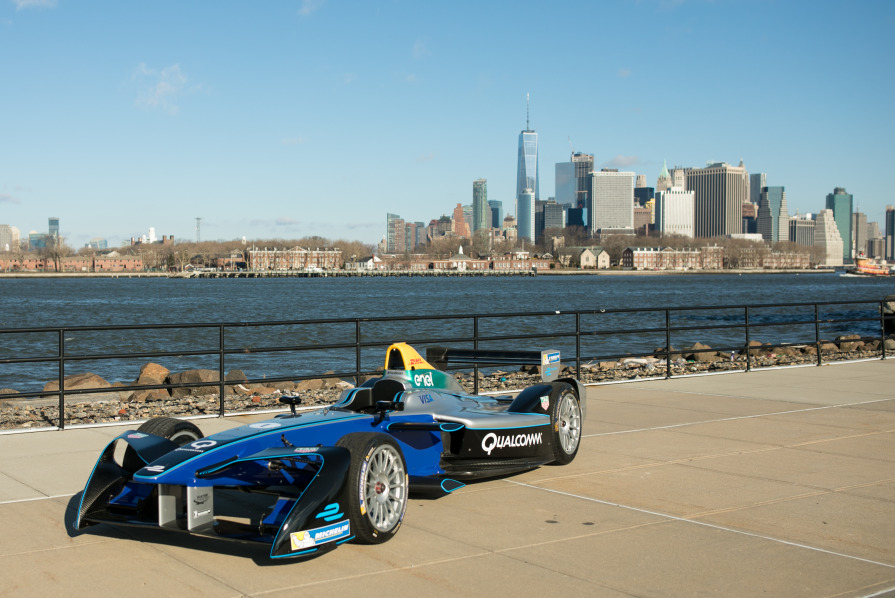
Goal 1: 80 x 50
New York City’s greenhouse gas emissions will be 80 percent lower by 2050 than in 2005.
New York City, a city built primarily on islands and with 520 miles of shoreline, is vulnerable to the effects of climate change in a number of ways, including rising sea levels, extreme storms, and heat waves.
To achieve 80 x 50, the city must cut its greenhouse gas emissions by 43 million tons: nine million tons from power production, seven million tons from personal and commercial vehicles, two million tons from the disposal of solid waste, and the remaining 25 million tons from the energy used in buildings.
Initiatives:
- Develop near-term local actions and long-term regional strategies to reduce greenhouse gas emissions from the power sector
- Develop a mode shift action plan to reduce greenhouse gas emissions from the transportation sector
- Build upon Zero Waste to reduce greenhouse gas emissions from the solid waste sector
- Continue implementation of One City: Built to Last to reduce greenhouse gas emissions from buildings by 30 percent by 2025, and chart a long-term path away from fossil fuels
Latest data:
Through the end of 2015, greenhouse gas emissions were reduced by 14 percent against 2005.
Goal 2: Zero Waste
New York City will send zero waste to landfills by 2030.
Every week, the average New Yorker throws out nearly 15 pounds of waste at home and another nine pounds of waste at work and in commercial establishments. A complex system collects, transports, and disposes more than six million tons of waste annually — but this system has an enormous impact on neighborhoods, environment and the economy.
Initiatives:
- Expand the New York City organics program to serve all New Yorkers by the end of 2018
- Enhance the City’s curbside recycling program by offering single-steam recycling by 2020
- Reduce the use of plastic bags and other non-compostable waste
- Make all schools Zero Waste Schools
- Expand opportunities to reuse and recycle textiles and electronic waste
- Develop an equitable blueprint for a Save-As-You-Throw program to reduce waste
- Reduce commercial waste disposal by 90 percent by 2030
Latest data:
10.9 percent reduction of DSNY-collected refuse (excluding material collected for reuse/recycling) from 2005 to 2016.
Increased curbside and containerized diversion from a rate of 15.4 percent in 2014 to 16.9 percent in 2016.
Goal 3: Air quality
New York City will have the best air quality among all large U.S. cities by 2030.
Despite improvements in New York City’s air quality, air pollution remains a leading environmental threat to the health of New Yorkers. All neighborhoods are affected by these health impacts, but they disproportionately occur in high poverty communities and among vulnerable populations.
Initiatives:
- Enforce the updated DEP Air Pollution Control Code
- Identify additional targeted air quality improvements through data analysis and community engagement
- Accelerate conversions of residual heating oil boilers in buildings
- Cut emissions from mobile sources
Latest data:
Disparity in SO2 levels across city neighborhoods dropped from an average 3.2 ppb to 1.6 ppb in winter across community districts.
Disparity in PM2.5 levels across city neighborhoods dropped from an average 6.5 μg/m3 to 5.1 μg/m3 in winter across community districts.
Goal 4: Brownfields
New York City will clean up contaminated land to address disproportionately high exposures in low-income communities, and convert land to safe and beneficial use.
Chronically vacant or underutilized contaminated land, commonly known as brownfields, contain pollutants from past industrial land uses. Comprehensive brownfield management has the potential to address many environmental, social, and economic problems in New York City. Brownfields heighten public exposure to environmental toxins, discourage development, and result in lost opportunities to create small businesses, new jobs, affordable housing, and open space in areas where these opportunities are needed most.
Initiatives:
- Accelerate cleanup of brownfields to improve public safety and encourage private investment in new development on brownfield sites
- Support community engagement by establishing additional place-based community brownfield planning areas
- Facilitate cleanup of properties in 100-year floodplain to reduce environmental risks from storm surges
Latest data:
Number of tax lots remediated since January 1, 2014 increased from 236 (2016) to 577 (2017).
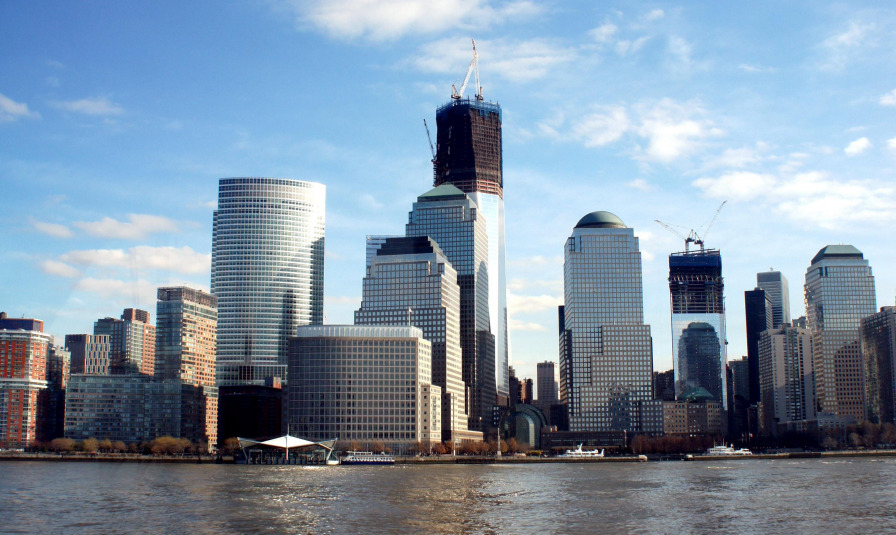
Goal 5: Water Management
New York City will mitigate neighborhood flooding and offer high-quality water services.
Water is one of the most precious resources and must be valued and managed wisely. Safeguarding this invaluable natural resource while delivering high-quality drinking water, wastewater services, and stormwater management to residents of New York City requires a holistic approach to water management.
Initiatives:
- Protect the city’s water supply and maintain the reliability and resiliency of the water supply system
- Install or repair 500 water fountains and water-bottle refilling stations across the five boroughs
- Expand green infrastructure and smart design for stormwater management in neighborhoods across the city
- Reduce pollution from stormwater runoff
Latest data:
Combined Sewer Overflow capture rate reduced from 79.9 percent (2015) to 78.8 percent (2016).
Goal 6: Parks and Natural Resources
All New Yorkers will benefit from useful, accessible, and beautiful open spaces.
Many of New York City’s parks and public spaces were designed 50 to 100 years ago and now require significant investment to meet changing demands. While too many New Yorkers lack access to neighborhood parks, more than 200 parks have received less than $250,000 each in capital investment over the last 20 years.
Initiatives:
- Strengthen the utility of parks and public space in under-resourced and growing neighborhoods
- Improve open spaces through Parks Without Borders, a new strategy to enhance neighborhood access and connectivity
- Reduce light pollution from large buildings at night
- Expand the use of our streets as places to play, congregate, and be together
- Create beautiful and well-tended streets in neighborhoods across the city
- Green the city’s streets, parks, and open spaces
Latest data:
Increased percent of New Yorkers living within walking distance to a park from 81 percent (2016) to 81.5 percent (2017).
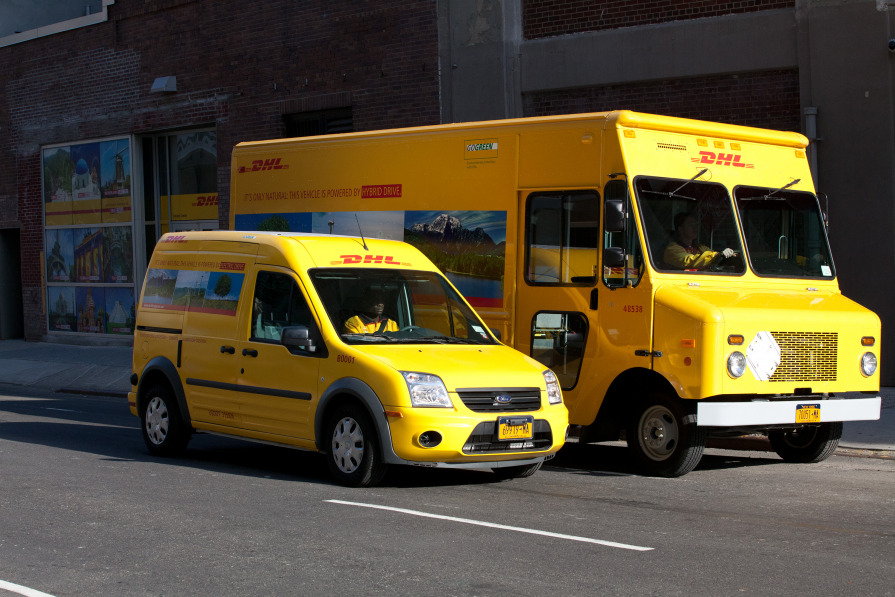
DHL’s Contribution to a More Sustainable New York
In 2011, DHL rolled out an “all-green” fleet of commercial delivery vehicles in Manhattan to help reduce its impact on the city’s environment. DHL Express operates 30 American-made, battery-powered electric vans and 50 hybrid trucks that cut down fossil fuel use and, together, reduce CO2 emissions by more than 50 percent each year in comparison to conventional vehicles.
The multi-million dollar investment in the modern, environmentally-friendly vehicles is an integral part of the Deutsche Post DHL Group’s global GoGreen strategy, which has the goal of improving the company’s carbon efficiency worldwide by 30 percent by 2020 compared to 2007 base levels. In a large, international city like New York, this fleet investment allows DHL to serve customers with sustainable solutions and improved resource efficiency.
Sustainability, especially the reduction of carbon emissions, is a central aspect of our business
Frank Appel
“Sustainability, especially the reduction of carbon emissions, is a central aspect of our business and an integral part of our corporate strategy. As the global leader in logistics, we are ideally positioned to foster climate protection in order to save our environment for future generations,” said Frank Appel, Chief Executive Officer of Deutsche Post DHL. “As customers worldwide are increasingly demanding greener logistics, sustainable business procedures, and initiatives like the one we are launching today, this will – at the same time – also enhance the profitability of our business.”
“New Yorkers can have cleaner air and efficient freight delivery thanks to this effort to reduce emissions from the delivery trucks our just-in-time economy depends on,” added David Bragdon, the Director of Long-Term Planning and Sustainability for New York City.

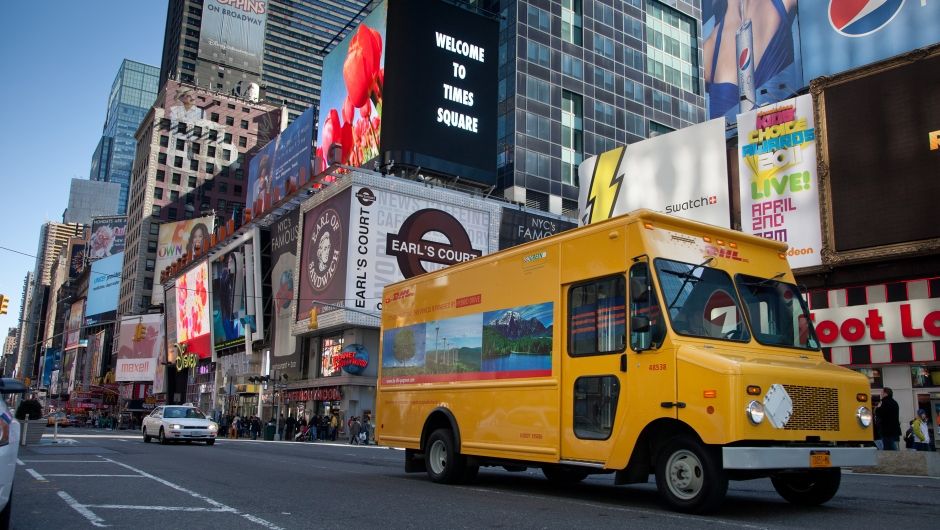
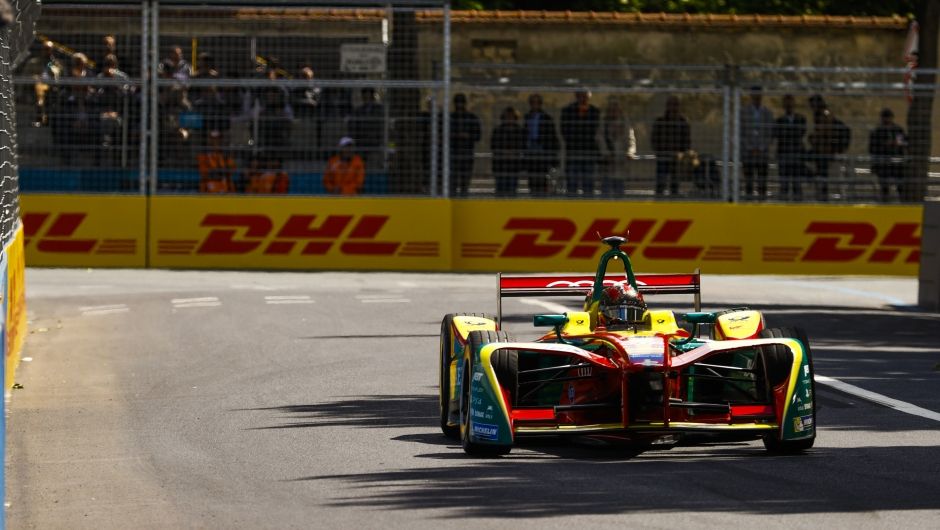
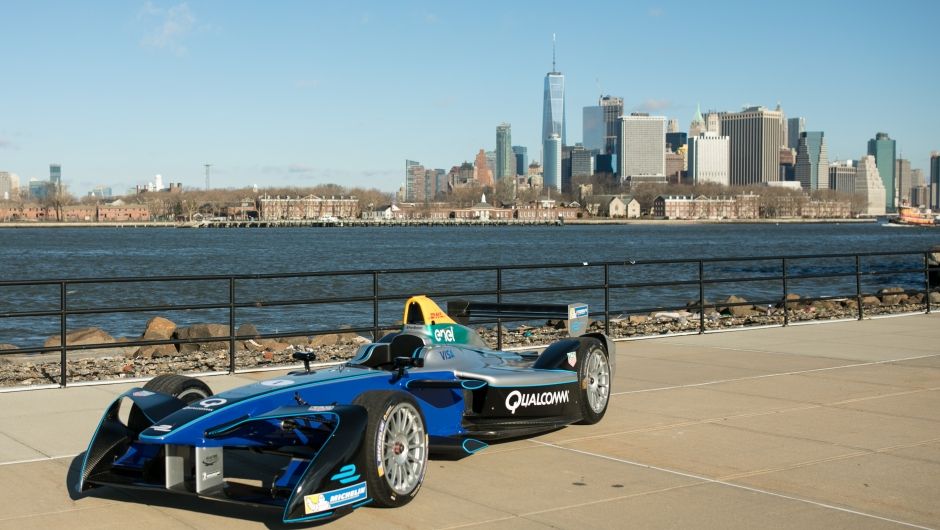
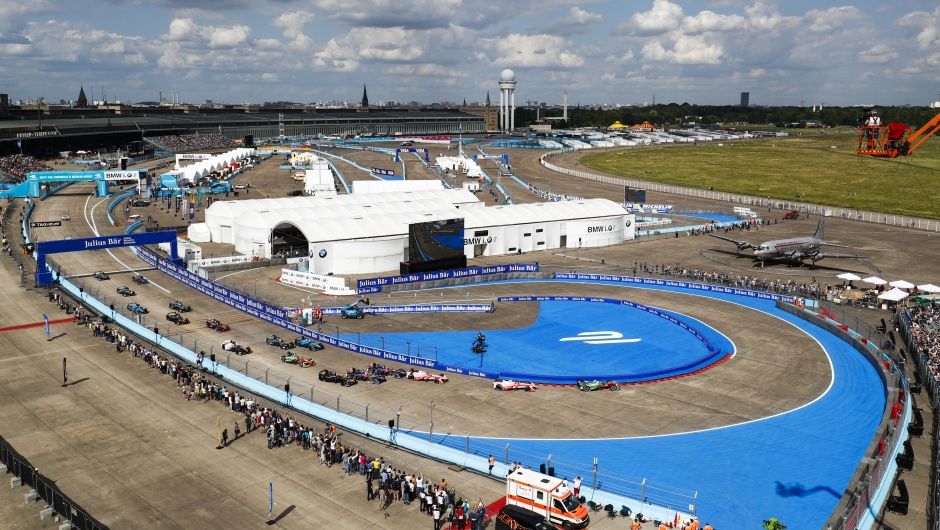

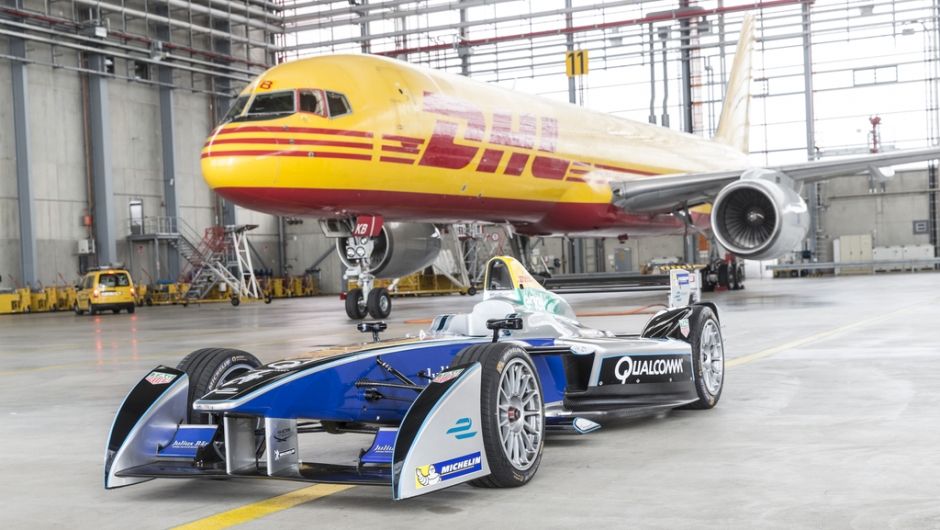
Content from disqus has been blocked because you did not allow to load it.
Loading the blocked content will adjust your privacy setting and content from this service will not be blocked in the future.
You have the right to revoke or change your decision at any time.
Posting Guidelines
All communications on Logistics of Things should be appropriate for a professional community, respecting the diverse views of individuals from different backgrounds. We will review all comments and reserve the right to terminate or restrict access to user's account and to delete any content posted through it, without notice and at our discretion, if we deem it to be overly promotional, offensive, or off topic.
All posting become property of DHL.